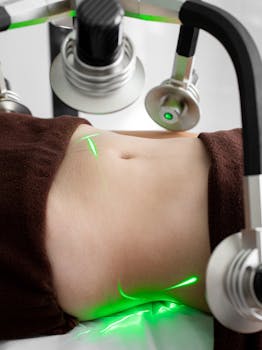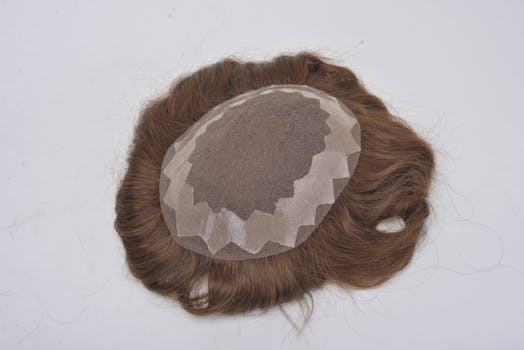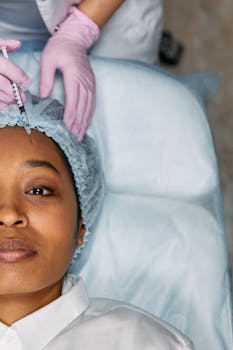Many people wonder does botox stop sweating on your face when traditional antiperspirants, topical treatments, or lifestyle changes fall short. Botox—botulinum toxin A—has been used off-label and clinically to manage focal hyperhidrosis (excess sweating) for decades, and it can target overactive sweat glands in specific facial zones. This article explains how injections work, what areas may benefit, typical dosing considerations, expected results, and safety points to weigh before pursuing treatment.
Does Botox Reduce Facial Sweating?
Botox works by blocking the chemical signals from nerves that stimulate sweat glands. When injected into the skin in tiny amounts, it interrupts the release of acetylcholine at the nerve ending, which temporarily reduces sweat production in the treated area. That mechanism is the same reason Botox is used to smooth dynamic wrinkles, though the treatment goals differ: cosmetic Botox focuses on muscle relaxation, while botox shots for sweating focus on gland activity.
How injections treat sweat: the basics
Clinicians place multiple microinjections across the sweaty region to create an even effect. For facial sweating—often most bothersome on the forehead, upper lip, or temples—providers map out the area methodically. The pattern and number of injections vary by size of the zone and the patient’s needs. If you’re exploring shots for sweating on the face, expect a careful assessment and a conservative initial dose tailored to reduce risk of side effects like temporary eyelid droop or asymmetry.
Which facial areas can be treated?
Common facial sites include the forehead, the hairline/temples, and the upper lip. Some patients also seek treatment for sweating around the nose or perioral area. Results are most reliable for focal, localized sweating rather than generalized sweating from systemic causes. A qualified clinician will confirm that the pattern of sweating is suitable for Botox and rule out medical conditions that require different management.
Dose, procedure, and session details
Dose is individualized. Typical facial plans use small units per injection point, distributed across a grid to avoid concentrated doses. Sessions are quick—often 10 to 30 minutes—and require minimal preparation. Clinicians use fine needles; topical anesthetic can be applied for comfort. Many patients notice reduced sweating within a few days, with maximal effect appearing around two weeks after treatment.
How long results last?
Expect temporary relief: most people experience 3 to 6 months of decreased sweating before re-treatment is needed. Frequency depends on the individual’s physiology and the initial response. Repeat treatments are common and typically follow a similar dosing plan, adjusted based on how long and how strongly the effect lasted.
Safety, side effects, and alternatives
Side effects are usually local and transient—bruising, mild pain at injection sites, or temporary weakness of nearby muscles. More significant complications are rare when injections are performed by an experienced clinician. If you want more background on hyperhidrosis as a medical condition and standard treatments, the NIH provides an overview that can help you understand when injections are appropriate: NIH: Hyperhidrosis.
If injections aren’t suitable or desired, alternatives include topical antiperspirants with aluminum chloride, oral medications, iontophoresis (for hands/feet), or procedural options like miraDry for underarms. Discuss pros and cons with a dermatologist or specialist to match treatment to your goals.
For those interested in broader skincare innovations that may complement or follow cosmetic procedures, read more about emerging treatments and routine updates at descriptive anchor text.
- Botox injections for facial sweating require precise placement and tailored dosing.
- Most patients see decreased sweating within days, with effects lasting months.
- Side effects are typically mild when performed by an experienced clinician.
FAQ
Will Botox completely stop sweating on my face?
Not always completely, but it can significantly reduce focal sweating in treated areas. The goal is meaningful reduction that improves comfort and confidence rather than absolute elimination.
Are botox shots for sweating painful and how long before I see results?
Discomfort is usually brief; clinicians may apply topical anesthetic. Many people notice reduced sweating within several days, with peak effect around two weeks post-treatment.
How often will I need repeat treatments?
Most people require re-treatment every 3–6 months, though individual response varies. Your clinician will help set a maintenance schedule based on how you respond.






